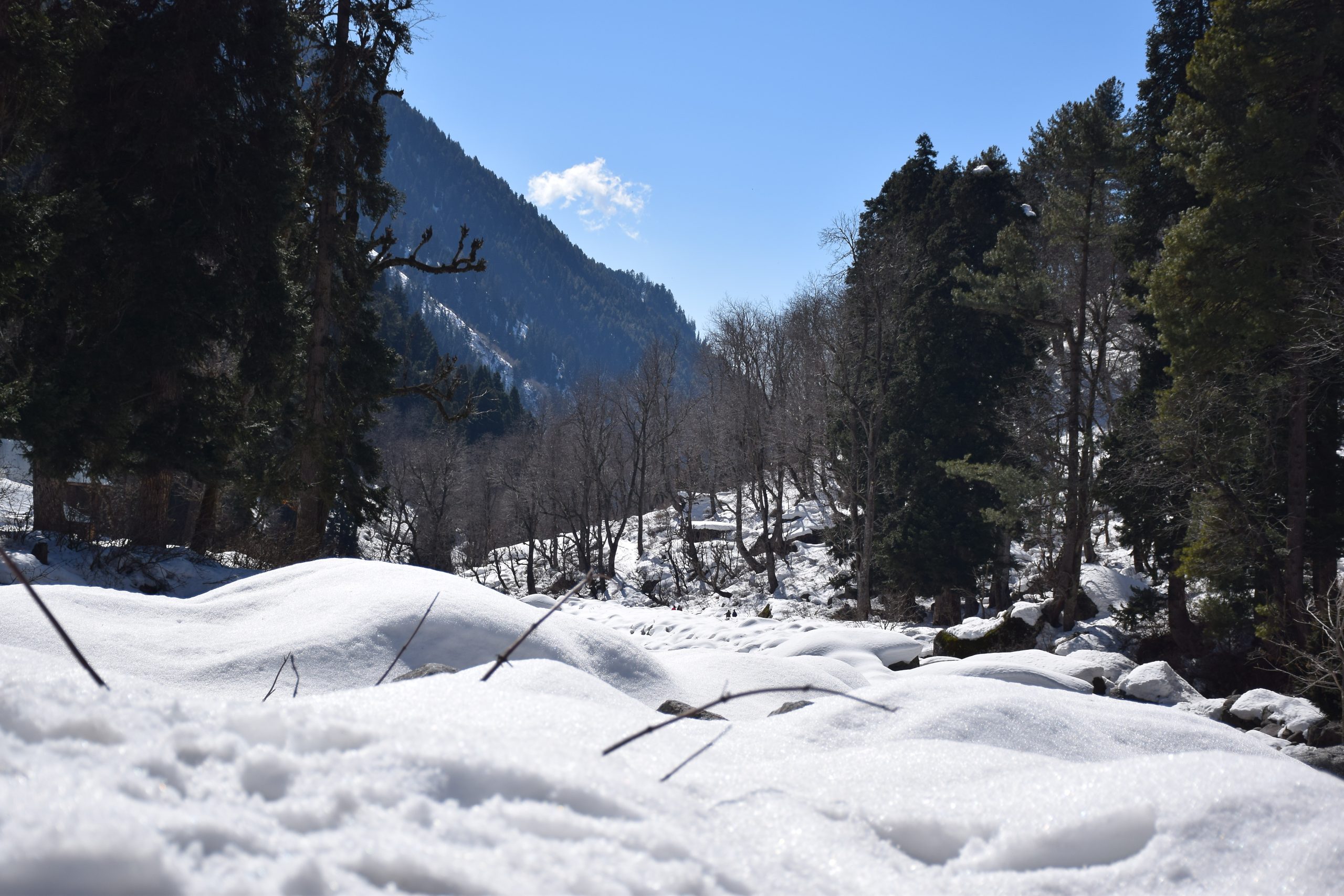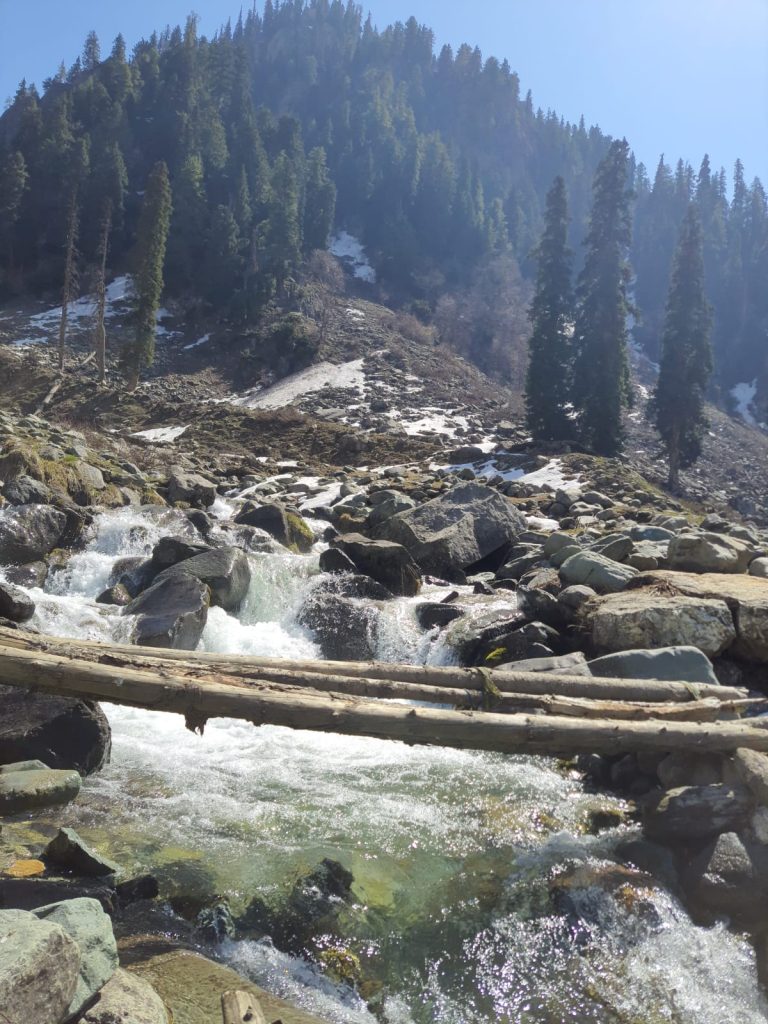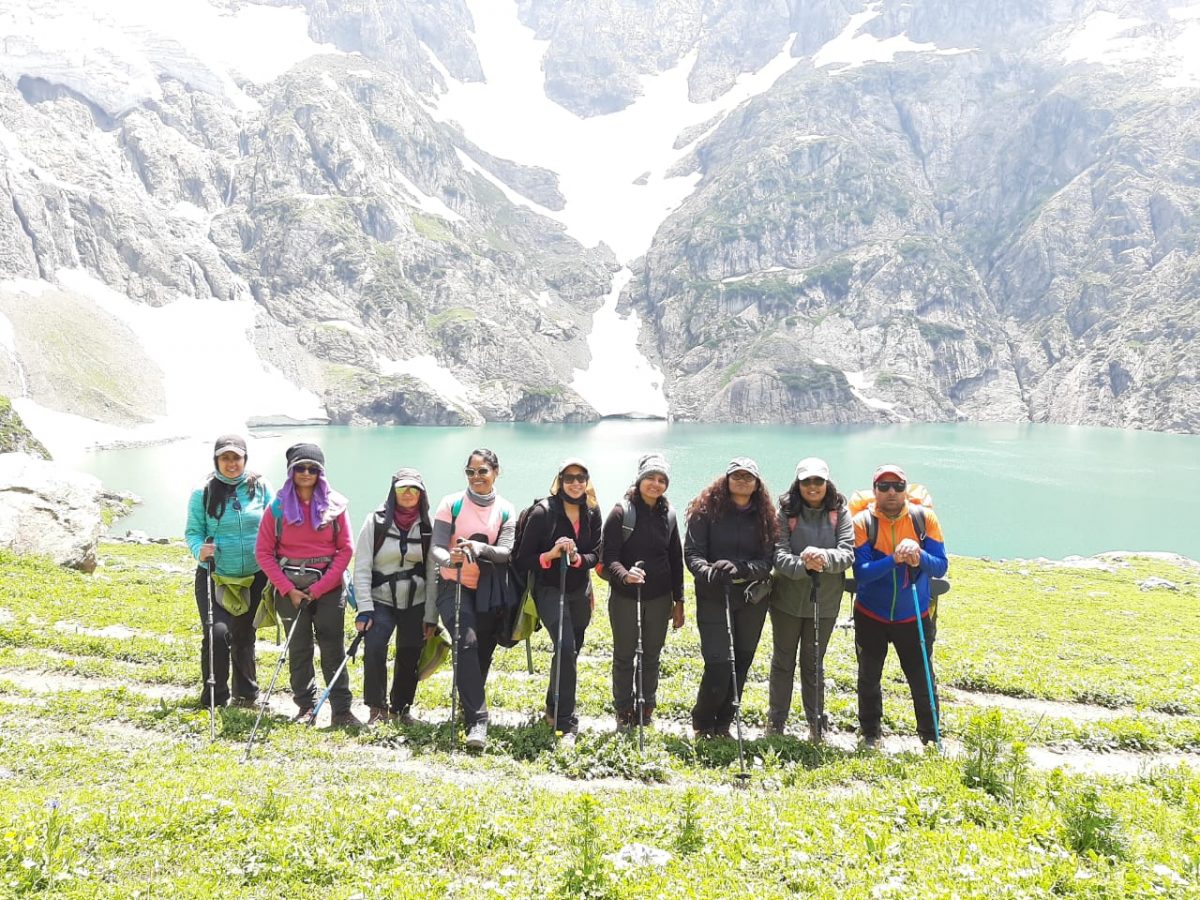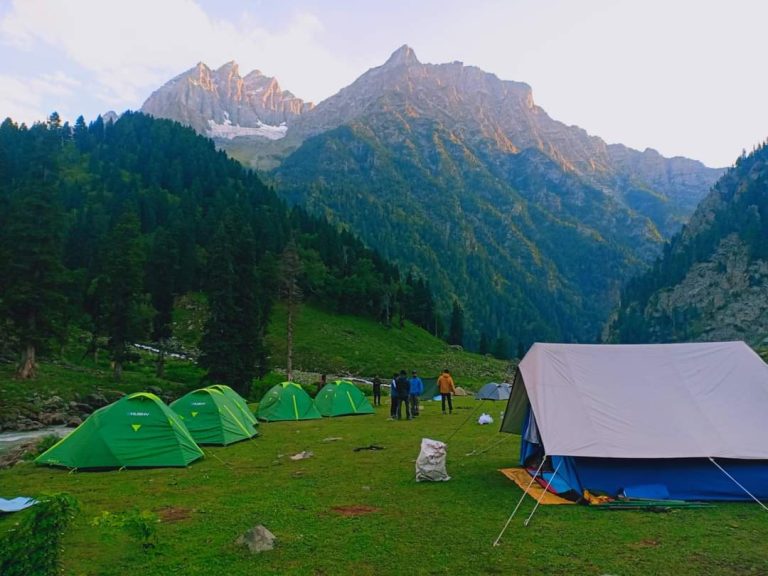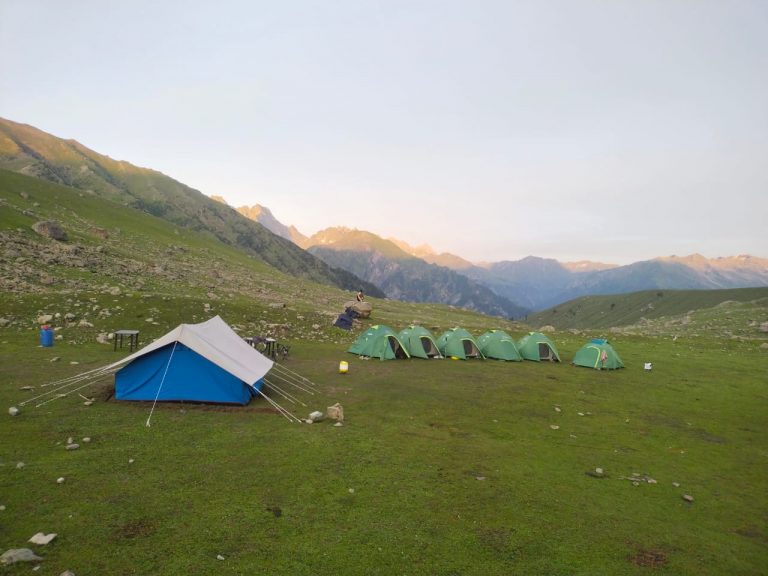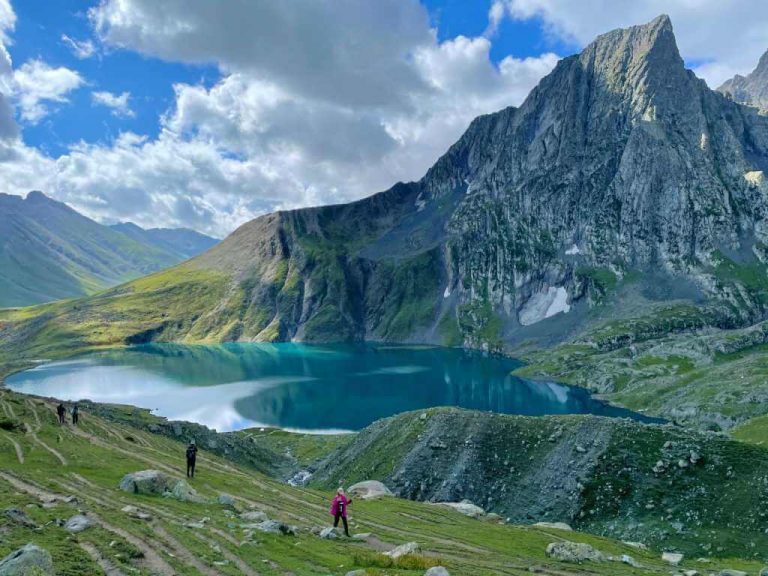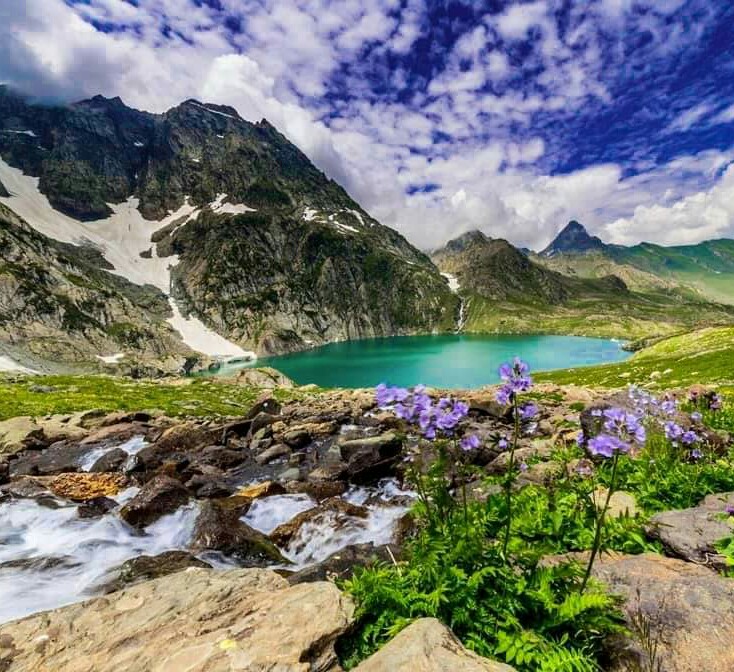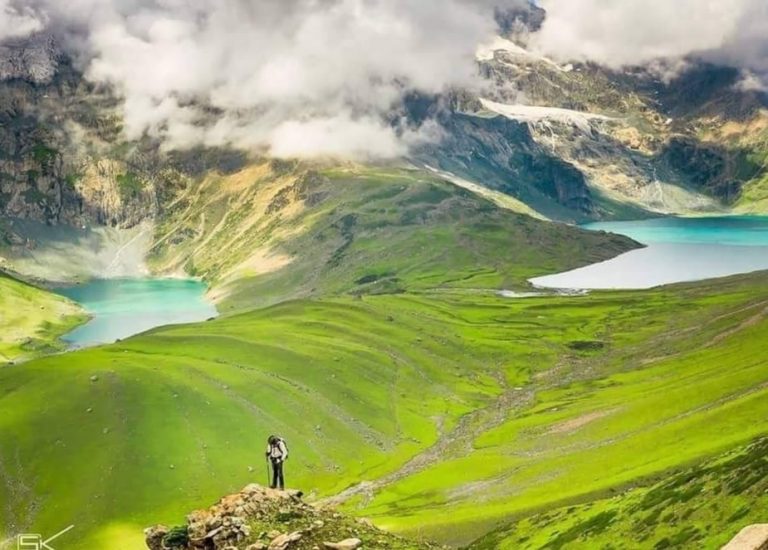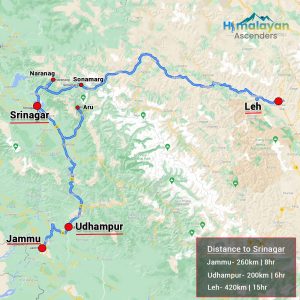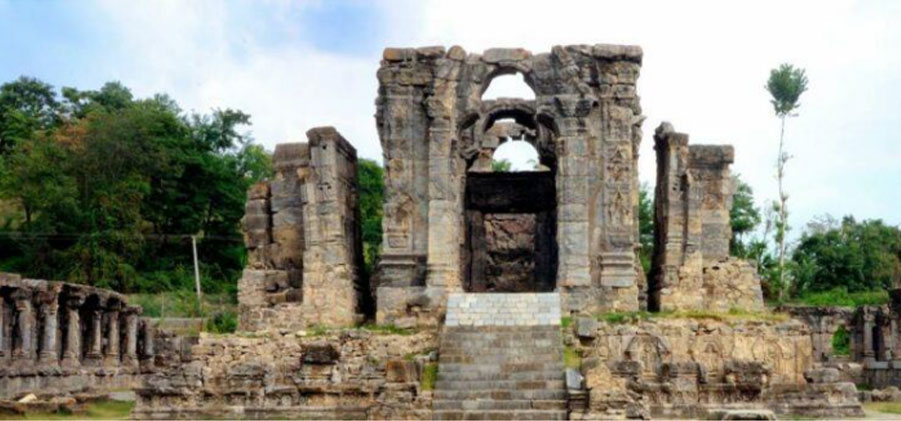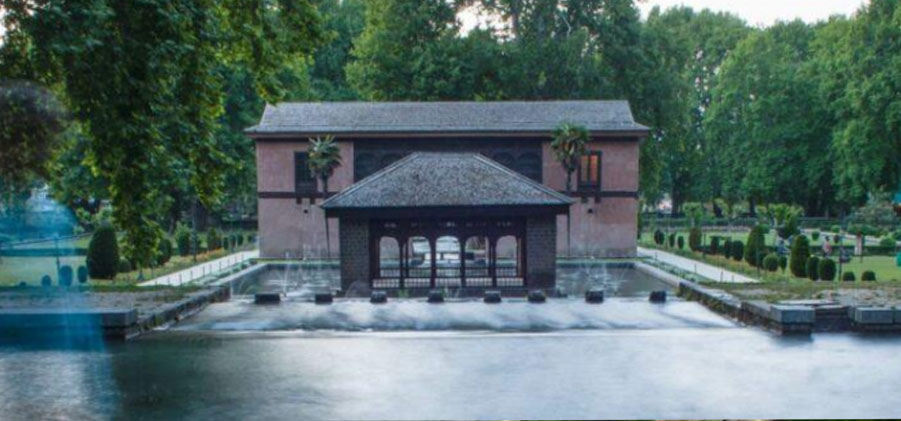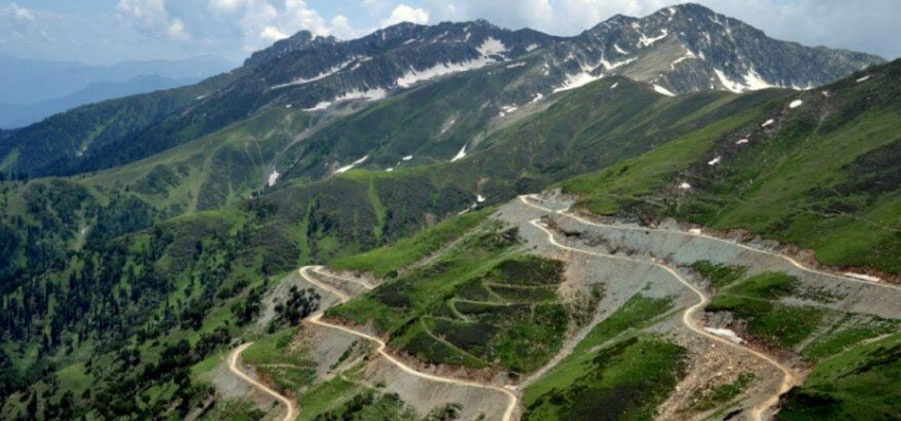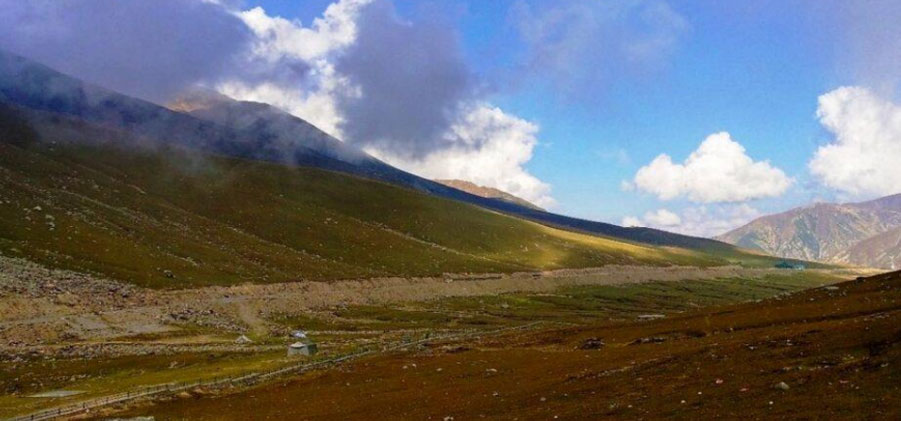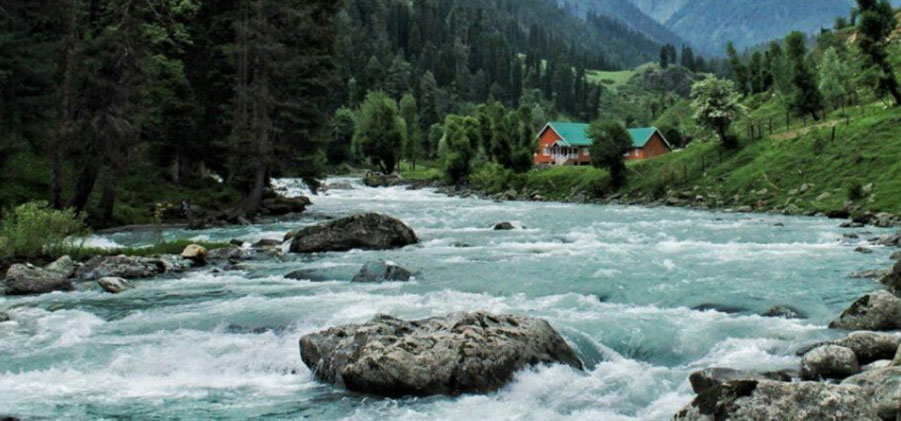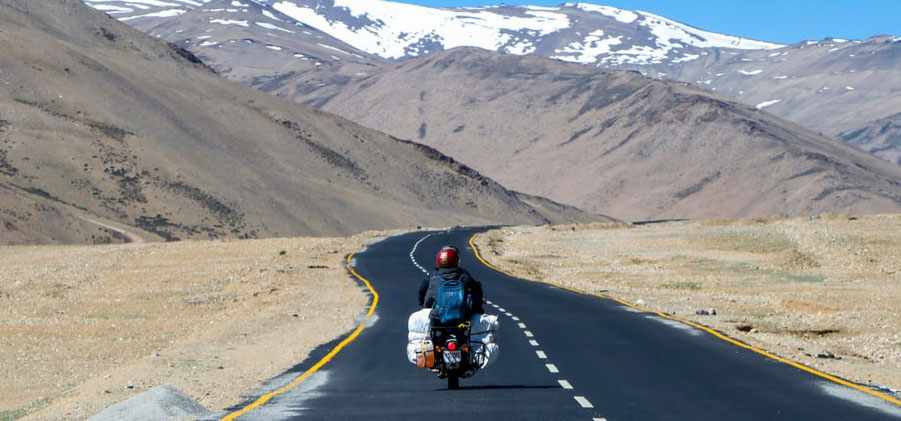LEH LADDAKH TOUR BY( PAHALGAMHIKES )
*DAY 1*
srinagar, after arriving at srinagar airport our guide will meet you and guide you towards srinagar local tour of mughal gardens, shikara ride, dargah hazratbal, in the evening will move to house boat and night stay over there.
*DAY 2*
srinagar to sonmarg, its 100 kms tour from srinagar in the afternoon we will reach there have lunch and do pony ride to glacier or do local visit to the golden mountains of sonmarg and stay over there for night in hotel.
*DAY 3*
Sonamarg – Kargil : This morning, start for Kargil which is about 205 kilometers from Srinagar. En-route, stop at the valley of meadows Sonamarg for lunch and then crossover the Zojila pass which is located 3900 meters above the sea level. After driving for some time, reach the Drass Village which is said to be the 2nd coldest place on earth after Siberia in Russia. By the evening, you will reach Kargil town; upon reaching there, check-in at hotel.Overnight stay in Kargil.
*DAY 4*
Kargil – Leh : Post breakfast embarks the journey to Leh which is 230 kilometers from Kargil town. En-route visit the ancient rock-cut statue of Maitreya Buddha at Mulbekh village. Later stop for a photo at lunar-like landscapes near Lamayuru Monastery. On the way, enjoy a mouth tempting lunch and photo stop at the Sangam of Indus and Zanskar rivers. By the evening, arrive Leh and check-in at the hotel in Leh. The rest of the time is at your leisure. You can explore the market of Leh or rest in your hotel. Overnight stay at the hotel in Leh.
*DAY 5*
Explore leh like visit local monasteries and adjust for the acclamitisation. Night stay in leh hotel.
*DAY 6*
Leh – Nubra Valley via Khardungla (Approx. 125km / 4-5 hrs.)
On the 7th day of the Leh tour, you will leave for Nubra Valley post breakfast. Proceed for the Nubra Valley via Khardung La Pass which is among the world’s highest motorable roads situated at an altitude of 18360 ft. Upon your arrival in Nubra, you will visit the Hunder Sand Dunes where you can take a camel ride on a double-humped camel or Bactrian camel.After the camel ride, you will head to the camp or hotel. Check-in at the pre-booked hotel or deluxe camp in Nubra Valley. The rest of the time is at your leisure. You can explore the enchanting beauty of the valley by taking a walk in the nearby areas. Overnight at the hotel in Nubra.
*Day 7*
Explore nubra valley visit turtuk and do full day tour to turtuk and in the evening visit back to nubra and stay over there.
*DAY 8*
Nubra Valley – Pangong via Shyok River (Approx. 6 Hrs. Drive)
Post breakfast in the Nubra Valley, you will head for the Pangong Lake but first, you will visit the Diskit Monastery (Big Buddha). From the top of the monastery, you can get the mesmerizing view of the valley. After pay homage at the monastery, you will start for the Pangong Lake via Shyok River. The lake is situated at an altitude of 1,500 ft. and it is the world’s highest saltwater lake. Check-in at the camp upon your arrival and the rest of the time is at your leisure. Enjoy the fascinating sunset and take a stroll alongside the majestic lake. Overnight stay at the camp near Pangong Lake.
*DAY 9*
Pangong Lake – Leh via Chang La Pass (Approx. 6 Hrs. Drive)
On the 9th day of the Ladakh tour, you will leave for Leh via Chang La Pass after having breakfast. But make sure that before leaving, you will enjoy the picturesque view of sunrise on the lake. You will be headed to Leh via Chang La and En-route visit Thiksey and Hemis Monasteries. Upon your arrival in Leh, check-in at the hotel and enjoy your time here. If the time and energy permits, you can go for shopping in Leh.overnight stay at the hotel in Leh.
*DAY 10*
Leh to home back will drop you at airport from there to home. Here comes an end to your kashmir and leh Ladakh tour with good bunch of memories
Inclusions
Hotel /houseboat/camps 3star type with breakfast and dinner.
Car (tempo traveller from srinagar to leh and ladakh internal transportation)
Garden tickets in srinagar.
Shikara ride in srinagar
Guide
Exclusions
Any adventure activities
Pony ride
Lunch
